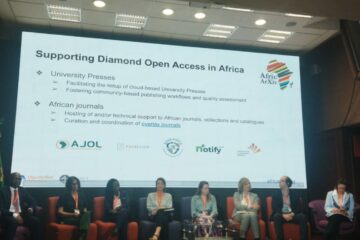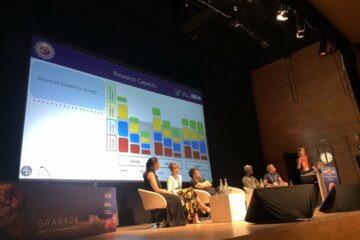Research Capacity – Reality, Equality, Equity

Research Capacity – Reality, Equality, EquityAt Access 2 Perspectives, we understand global equity in scholarly communication as the opportunity for researchers from around the world being able to consume and share research output based on Open Science, FAIR and CARE principles. Since research capacity varies drastically within and across world regions, local conditions such as available funding, research infrastructure, or internet connectivity should not interfere with the potential of academic success.
Cite as: Havemann, Jo. (2021). Research Capacity – Reality, Equality, Equity. FORCE2021: Joining Forces to Advance the Future of Research Communications (FORCE2021). Zenodo. https://doi.org/10.5281/zenodo.5736934

The boxes represent accessibility and availability to the aforementioned resources, the sizes of the boxes vary per high-, middle- or low resource research institution.
The threshold (dashed line) is where research effectiveness begins, given that a certain number of resources and capacity is present. Effectiveness means societal impact, as a result of research findings and being able to make research output available to other stakeholders (industry, the general public, other researchers, etc.)
The grey area now shows that research institutions with limited access to resources cannot be effective in their research. However, embracing Open Science practices (publishing green OA via preprint servers, choosing affordable journals or those that provide diamond OA, as well as Open Peer Review) can compensate for the lack of resources and therefore provide effectiveness for research even in resource-poor settings.


